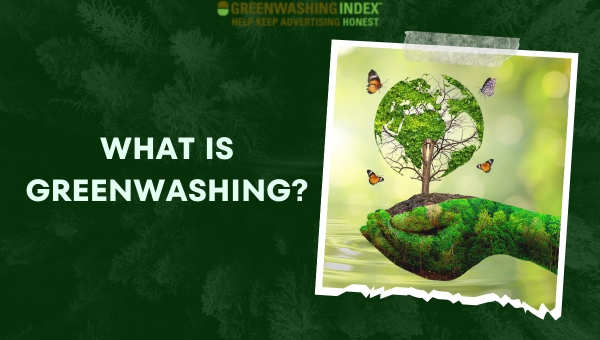In an era where water conservation is becoming increasingly vital, the beauty of drought-tolerant plants shines brighter than ever. These resilient flora not only require minimal watering but also enhance sustainable gardening practices, creating vibrant landscapes that are both ecologically friendly and visually stunning.
Join us as we explore eight remarkable drought-tolerant plants that will transform your garden into a lush oasis while conserving water and promoting sustainable gardening methods.
1. Agave
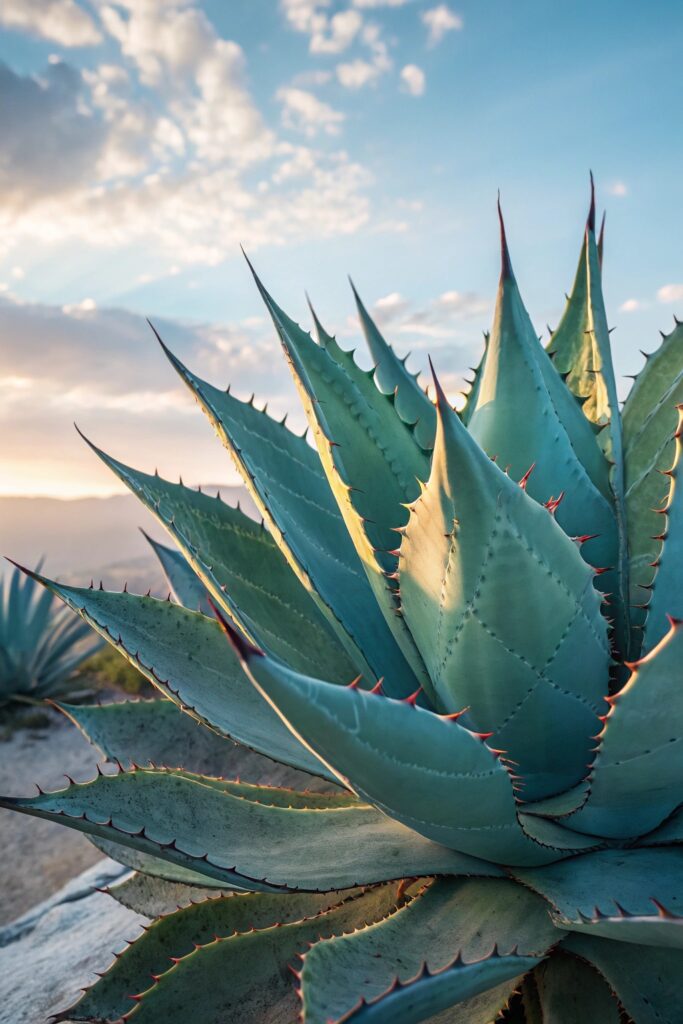
Agave plants are stunning succulents known for their striking rosettes and architectural form. These hardy plants thrive in dry conditions and can store water in their thick leaves, making them perfect for xeriscaping.
Available in various colors and sizes, agaves can serve as focal points in any garden or landscape design. They are also low-maintenance and can attract pollinators like bees when they bloom. Utilizing agave in your garden not only conserves water but adds a touch of exotic elegance to your outdoor space.
2. Lavender
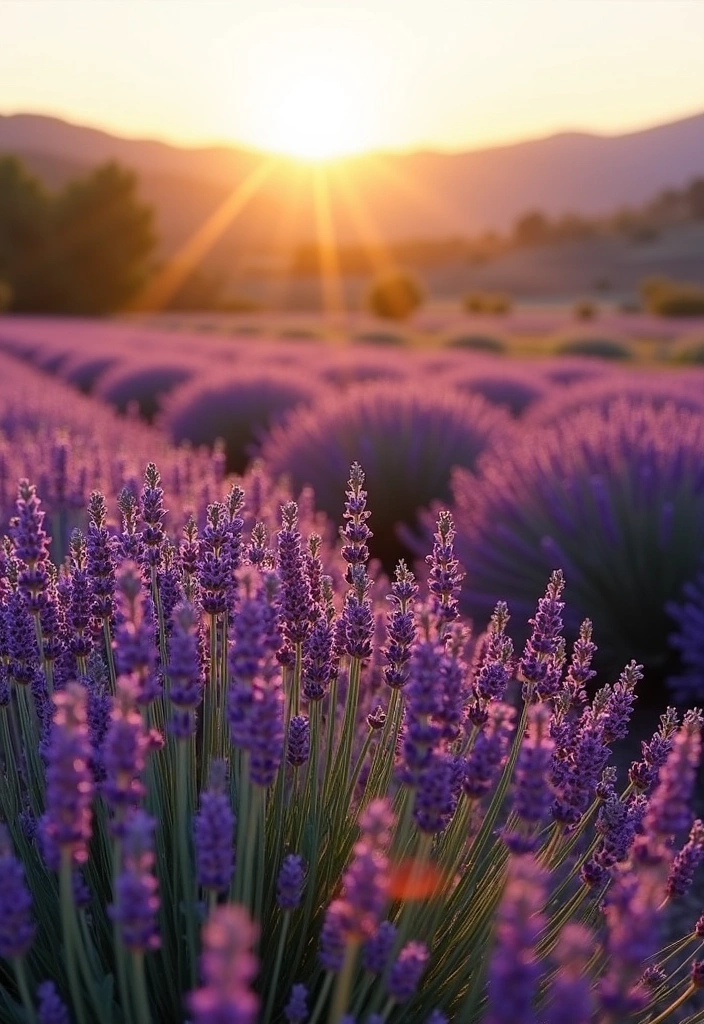
Lavender is not only a fragrant addition to your garden but also an excellent drought-tolerant plant. This perennial herb thrives in well-drained soil and full sun, offering beautiful purple blooms that attract bees and butterflies.
Lavender requires minimal watering once established, making it an ideal choice for water conservation. Plus, its aromatic leaves can be used for culinary purposes or to create calming sachets for your home. Incorporating lavender into your garden can create a serene atmosphere while supporting sustainable gardening practices.
3. Sedum
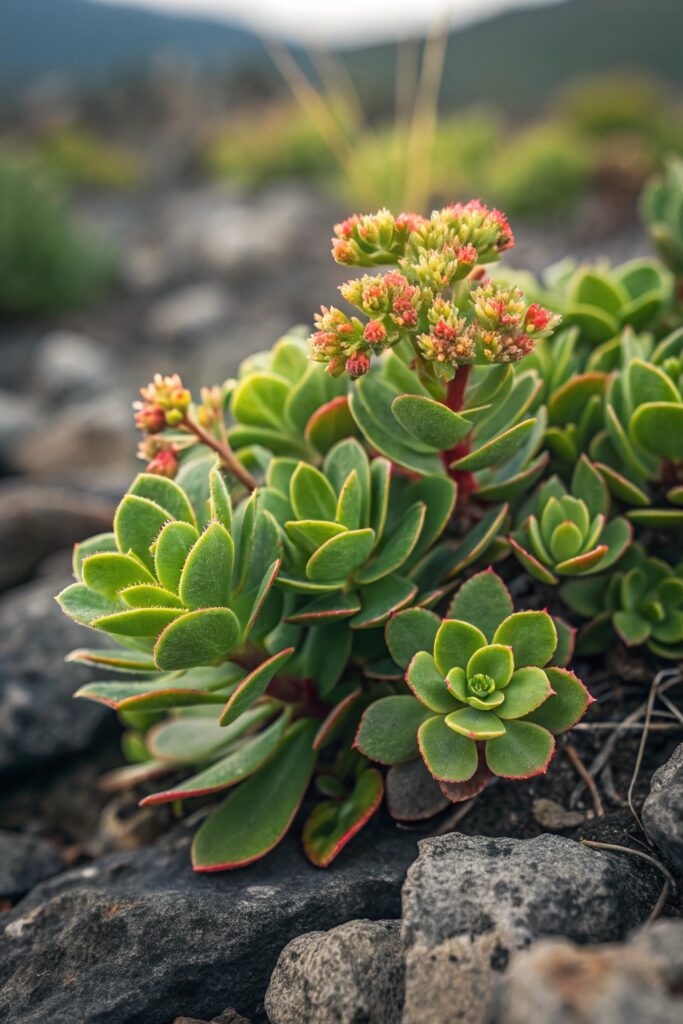
Sedum, commonly known as stonecrop, is a versatile and hardy succulent that thrives in dry conditions. With an array of species available, sedum can be used in rock gardens, borders, or as ground cover.
These plants have fleshy leaves that store water, making them resilient during drought periods. Their colorful foliage and unique flower clusters create visual interest throughout the seasons, attracting pollinators and adding beauty to any landscape. Incorporating sedum into your garden not only conserves water but also promotes biodiversity.
4. Echinacea (Coneflower)
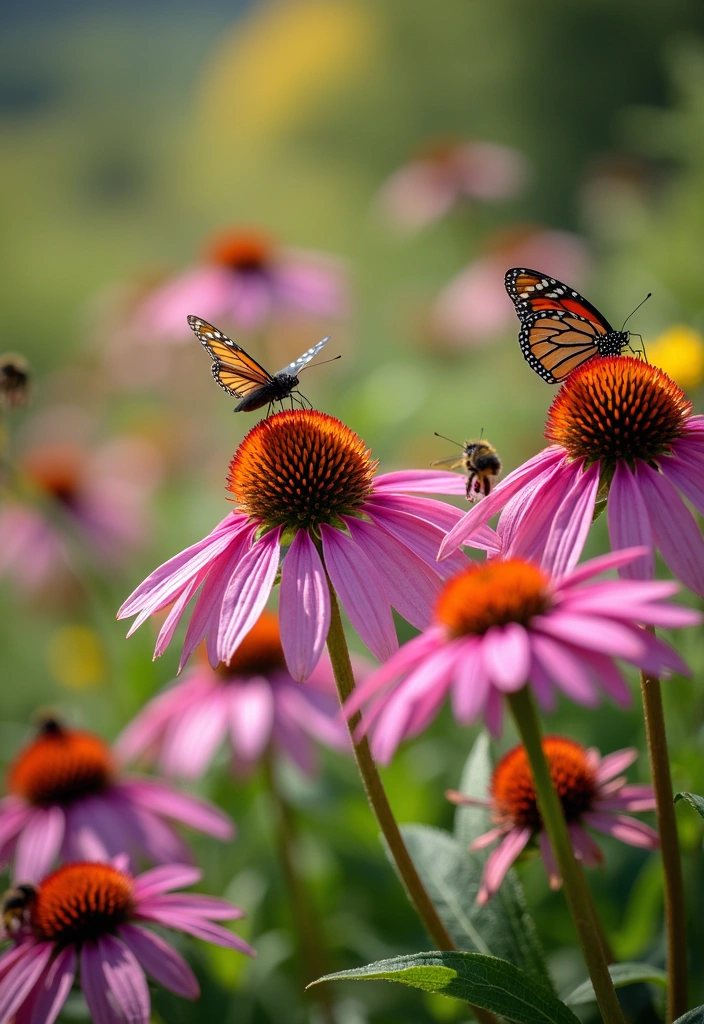
Echinacea, or coneflower, is a stunning perennial that not only adds color to your garden but also thrives on minimal water. These hardy flowers are known for their daisy-like shape and come in various vibrant colors.
Echinacea attracts butterflies and bees, contributing to a healthy ecosystem. They are drought-resistant once established and can even tolerate poor soil conditions, making them perfect for sustainable gardening practices. Adding echinacea to your landscape will create a lively and resilient garden filled with pollinator-friendly plants.
5. Yucca
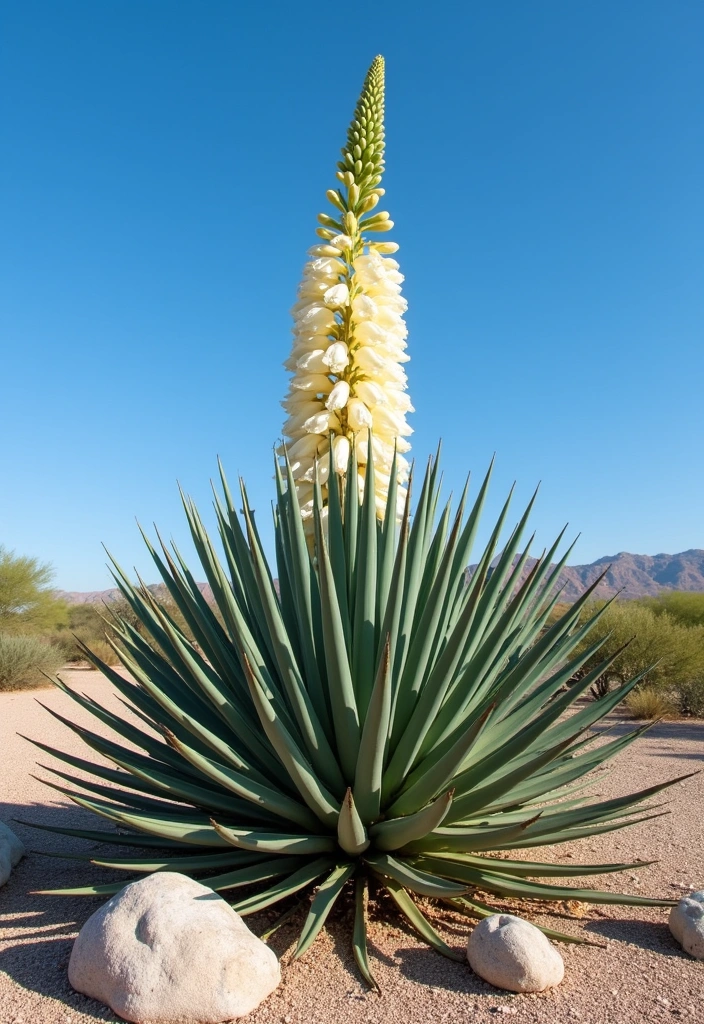
The yucca plant is a striking addition to any garden, with its tall, sword-like leaves and unique flower spikes. These drought-tolerant plants are adaptable to various soil types and thrive in full sun.
Yucca requires minimal water, making them perfect for xeriscaping and water conservation efforts. They also produce stunning white blooms that can attract pollinators, adding both beauty and functionality to your landscape. Incorporating yucca into your garden can create a dramatic focal point while promoting sustainable gardening practices.
6. Salvia
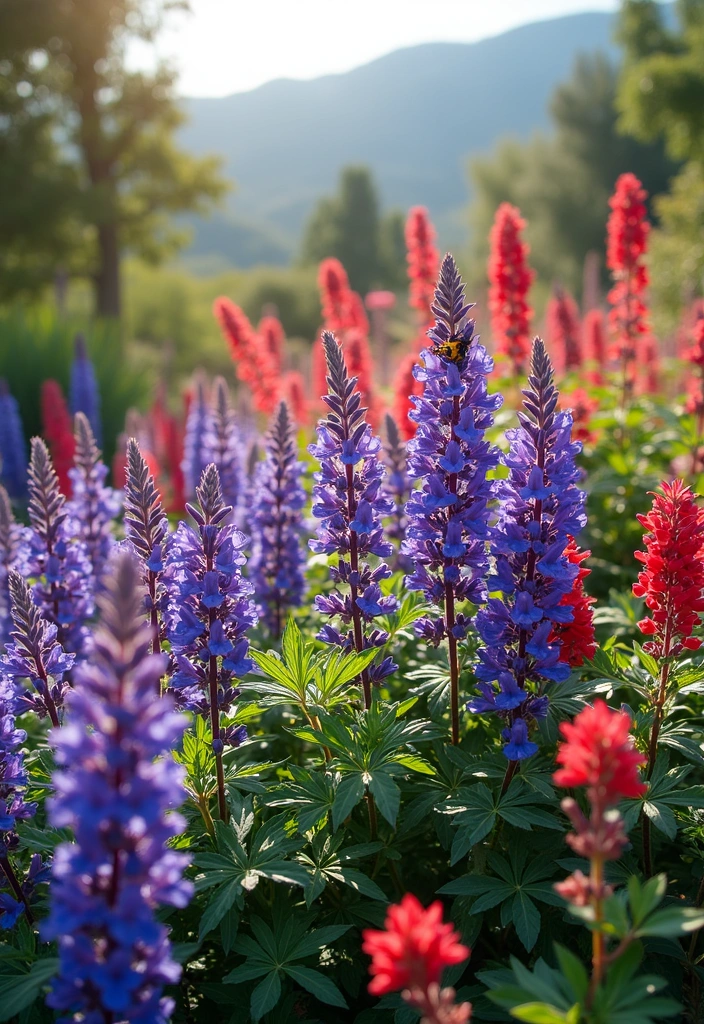
Salvia, commonly known as sage, is a colorful and fragrant plant that thrives in hot, dry conditions. With a variety of species available, salvia can add vibrant colors to your garden while attracting beneficial pollinators.
These drought-tolerant plants require little water once established and are known for their resilience in poor soil. Their aromatic foliage can also be used in culinary dishes or herbal remedies, making them a practical addition to sustainable gardening. Incorporating salvia into your landscape will create a lively and aromatic atmosphere while conserving water.
7. Ornamental Grasses
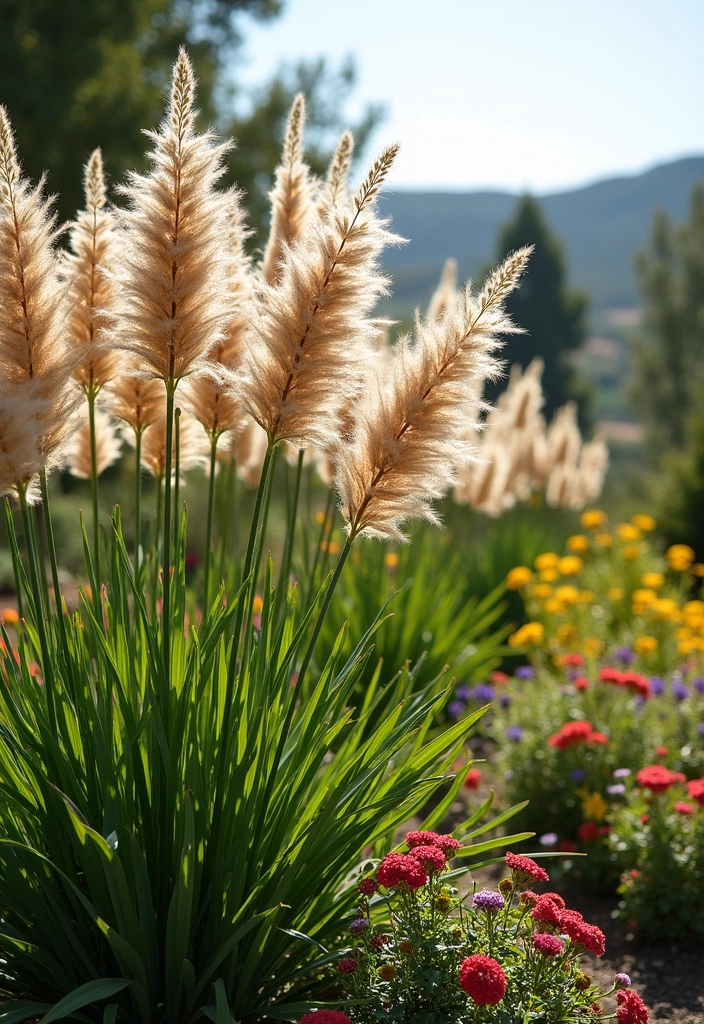
Ornamental grasses are a fantastic way to add texture and movement to your garden while conserving water. These hardy plants come in various sizes and colors, providing an elegant backdrop for other plants.
Most ornamental grasses are drought-tolerant and require little maintenance, making them ideal for sustainable gardening. Their graceful forms create a dynamic landscape that sways gently in the breeze, adding visual interest throughout the seasons. Incorporating ornamental grasses into your garden can enhance its beauty while promoting water conservation.
8. Butterfly Bush
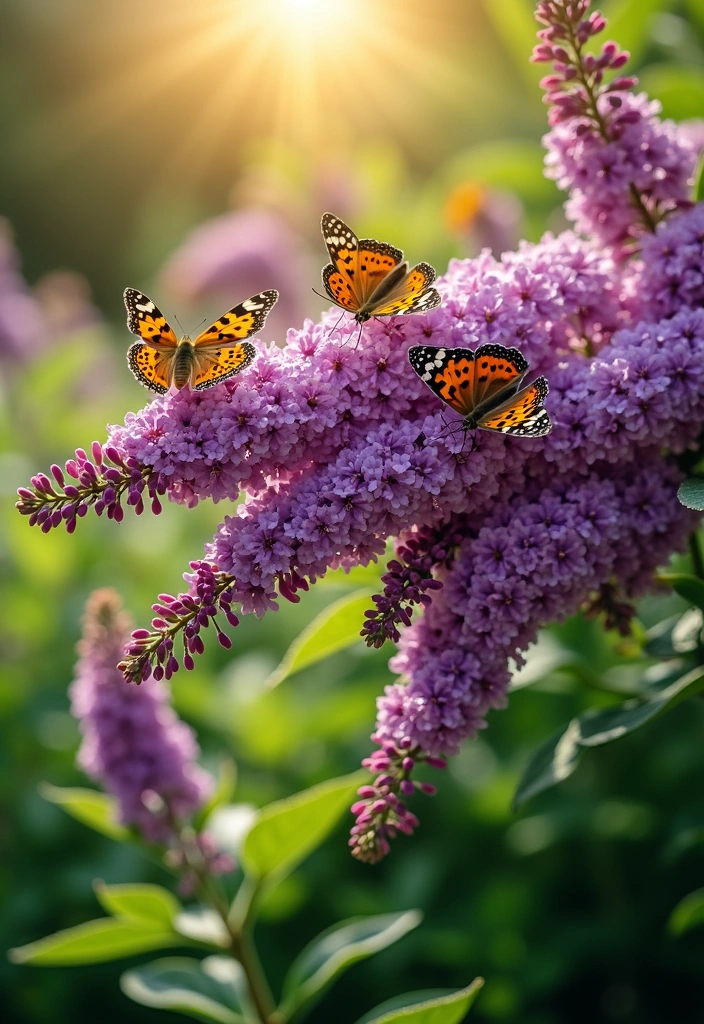
The butterfly bush is a stunning, drought-tolerant plant that attracts butterflies and other pollinators to your garden. With its cascading clusters of colorful flowers, this bush can create a vibrant focal point in any landscape.
Once established, the butterfly bush requires minimal watering, making it a perfect choice for sustainable gardening. Its fragrant blooms provide nectar for various pollinators, helping to support local ecosystems and biodiversity. Adding a butterfly bush to your garden not only enhances beauty but also contributes to water conservation efforts.
Conclusion
Embracing drought-tolerant plants in your garden is a powerful way to contribute to water conservation and sustainable gardening. These resilient plants not only add beauty but also support local ecosystems and reduce water usage, making them ideal for contemporary gardening practices. By incorporating these eight remarkable plants into your landscape, you can create a vibrant, diverse, and eco-friendly space that thrives in harmony with nature.


